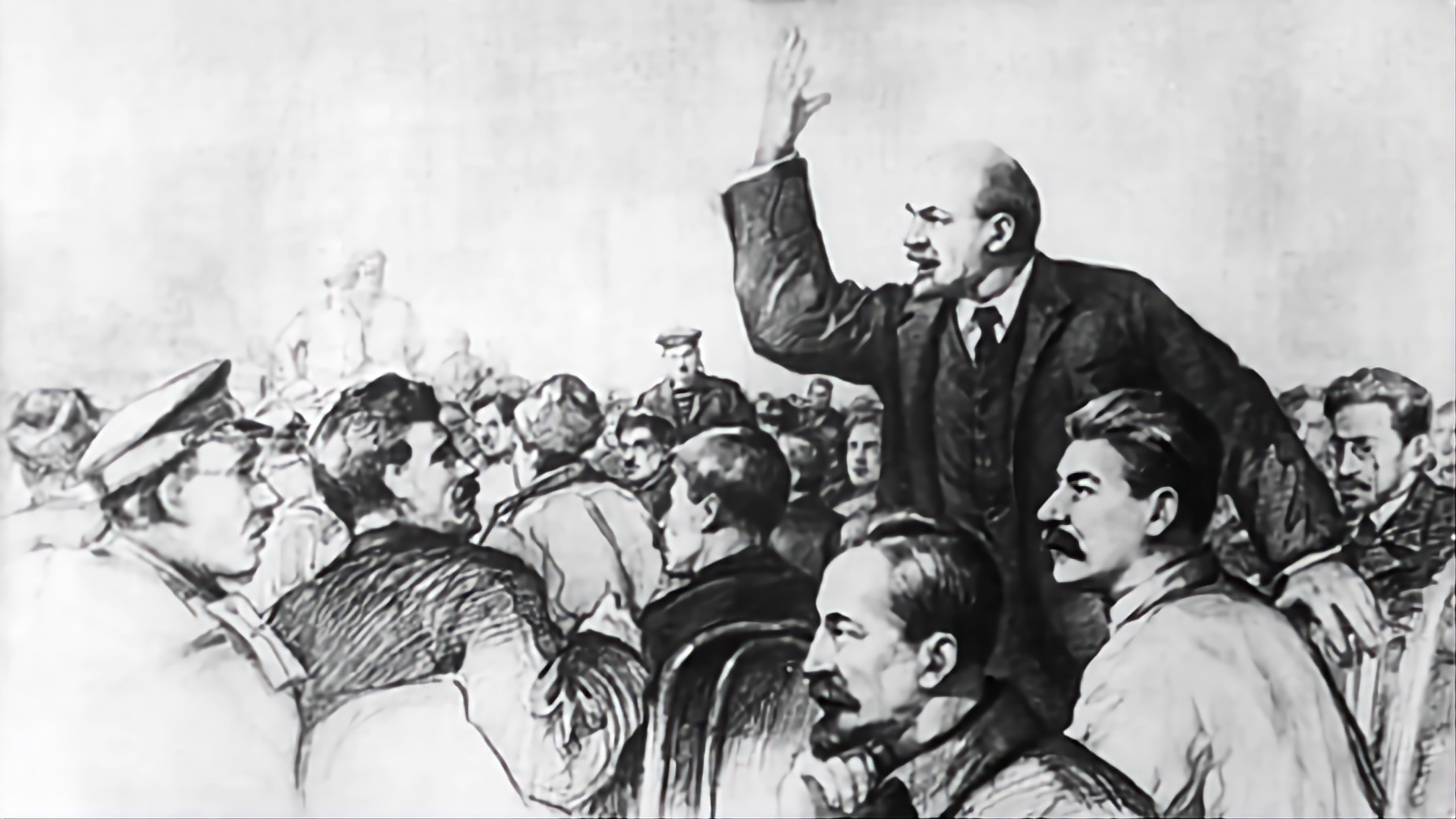Since my last three Roma effort posts have been heavy, I wanted to do an educational but lighthearted one for International Romani Day. This one is going to be a very basic opening to Roma culture, as I doubt many here know much about it.
DISCLAIMER: Roma may be all racially similar, but there are many ‘groups’ of Roma with rather unique cultures. This primarily focuses on my experiences within Balkan Roma groups and some more well known groups such as the Kalderash of Eastern Europe.
Anyways, backstory: Roma are a group that came from India originally and made its way through Central Asia, Middle East, North Africa, and sometimes East Africa, then Europe. We are everywhere, from America, to Europe, to Brazil, to Palestine, and even Japan and China. (And China is one of the very few countries who was very nice to those of us who went there in the 1900s).
Language:
Romani is a complex language. It stems from Hindi and has many similarities, but we have gathered many loan words throughout various countries. But I can hardly think of another language with such confusing grammar half the time. It also doesn’t help that there are like a hundred dialects. So, for example:
Gadze, Gadje, Guyshe, Godtra, Gaja, Gayja, Gosha.
All those are ways to spell the EXACT same word but in various dialects. So it’s obvious why the language can seem similar, but it’s not always easy to communicate with other dialects. It also is hardly ever taught in written form because so many of us are illiterate. Older generations are more and more often not teaching the younger generation how to speak it. It’s a dying language.
Religion:
There is no set religion for Roma. Some are Muslim, Catholic, Orthodox, Protestant. Even a few Jewish Roma exist. Islam is common in the Balkans and Protestant is very common in Northern/West Europe and America. A lot of Evangelicals specifically target Roma in North Europe actually to recruit.
In my experience, Roma are not THAT religious. Culture tends to always supersede religious rules or obligations for us. For example, almost everyone in my family who is Muslim drinks alcohol because that’s just the culture.
However, we practice many holidays. For example, many French Roma will go to Sara E Kali’s (A Romani saint) pilgrimage — submerging her statue into water. Many think of this is a tradition we brought from India as it resembles Durga Puja in Hinduism. Many Balkan Roma celebrate Ederlezi — Feast of Saint George.
As for witchcraft, well, it depends on the group. Some Roma do read fortune (via tarot cards, coffee fortunes, or tea leaves). I linked some articles about it here before.
Dancing/Singing:
Sometimes stereotypes are true, and the stereotype that Roma love to dance is true. We love to dance! We have various forms too. Kocek is very popular in Balkans, here is a more common dance among Eastern European Roma that some call shuffling, we invented Flamenco (NOT UP FOR DEBATE!), and here is a video discussing Roma dancing cultural traditions .
Djelem, Djelem is what some may say is our “anthem”. It’s a beautiful song. Esma Redzepova was a lovely, famous, and passionate singer. She recently passed away. She has a fantastic voice. Here is a more modern band, Mahala Rai Banda (I love their songs!). And here is a Romani rap group, Roma Sijam. And here is a new Roma girl group, Pretty Loud, who have been singing about Roma rights — especially for women. You should definitely support them.
Anyways, anytime you listen to Balkan music, it’s probably 99% inspired by us. European music would be nothing without us. We also brought the clarinet to Europe.
Clothing:
Another thing that will vary from country to country. Women tend to wear long skirts, married women tend to cover their hair, and hats are common among men. Our skirts can be very intricate , sometimes our attire resembles Indian lehengas, and we wear lots of gold jewelry even gold teeth.
Not sure what else to add, that’s really a very basic start to it all. May do a part 2 sometime, but feel free to ask any questions if you have them.
Is there any good media that shows Romani culture in a way that isn’t a caricature, and isn’t meant to be educational? Like, I remember growing up seeing movies and tv shows showing jewish culture enough that I knew a lot of basic stuff about it without having to be explicitly taught about it.
The only thing I remember ever seeing about Romani in general media is crystal ball fortune teller stuff and cartoon characters who steal things. I didn’t even know they were an actual people that existed until I heard my european relatives complaining about them existing too close to other people.
Another (this ones tough I know, and I’m not that familiar…) question for you @rozako… how do Romani women get out of the trap of the misogynist customs? How do you do that without taking them out of the culture?
Mmm… Honestly the true first step is dismantling antiziganism entirely, because at least for me, I don’t feel comfortable truly publicly saying anything bad about Roma culture. I don’t want to feed into racism or stereotypes. So getting rid of that fear is a good step.
The next thing would ensure equality of Roma women. Roma women are one of the most trafficked groups in Europe, get sterilized without consent at hospitals, get their kids taken away from them for no reason by statecare. If we are in an abusive environment, why would we want to try to leave and get help? Is what out there going to be any better? It’s not an easy question, nor do I think any of it will be answered unless antiziganism ceases to exist.

